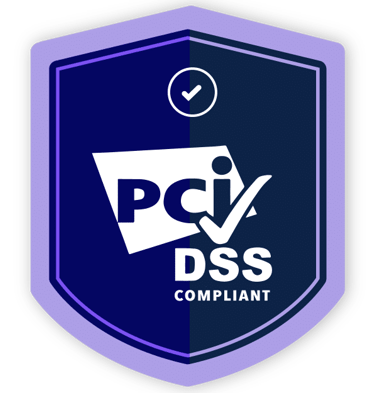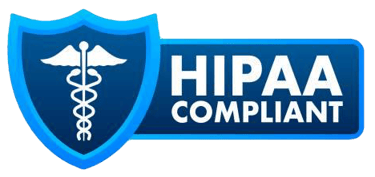Tips to Reduce Hospital Readmissions in Home Health
Discover proven tips to reduce hospital readmissions in home health—covering SOC assessments, medication management, patient education, telehealth, and team care


Hospital readmissions are one of the most significant challenges in home health. They not only disrupt patient recovery but also impact agency performance scores, reimbursement rates, and overall reputation. In today’s value-based care environment, reducing avoidable readmissions is both a clinical priority and a financial necessity.
Fortunately, home health agencies (HHAs) are uniquely positioned to prevent rehospitalizations by providing consistent monitoring, education, and coordination of care in the patient’s home. Below are key strategies and best practices agencies can implement.
1. Strengthen the Start of Care (SOC) Assessment
The SOC visit sets the tone for the entire episode of care. A thorough assessment helps identify risk factors that could lead to readmissions.
Best Practices:
Review recent hospital discharge notes in detail.
Identify high-risk diagnoses (CHF, COPD, diabetes, CKD, infections).
Assess medication reconciliation carefully—look for duplications, omissions, or high-risk drugs.
Engage the patient and caregiver in care planning to ensure understanding and cooperation.
2. Focus on Medication Management
Medication errors are one of the top causes of readmission. Patients often leave the hospital with new prescriptions, which may conflict with pre-existing regimens.
Strategies to Reduce Errors:
Perform a complete reconciliation at SOC and every recertification.
Educate patients and families on purpose, dosage, and side effects of each medication.
Use pill organizers, blister packs, or electronic reminders to support adherence.
Encourage patients to bring all medications (including OTCs and supplements) to every nursing visit.
3. Early and Frequent Follow-Up
The first 7–14 days post-discharge are the most critical.
Schedule front-loaded nursing visits to closely monitor the patient during this window.
Incorporate telehealth visits or check-in calls to supplement in-person care.
Ensure any red flags are reported to the physician immediately for intervention before escalation.
4. Patient and Caregiver Education
Education empowers patients to recognize early warning signs and take appropriate action.
Education Topics:
Disease-specific red flags (e.g., weight gain in CHF, shortness of breath in COPD).
Importance of diet, exercise, and fluid restrictions where applicable.
Proper wound care techniques to avoid infection.
When to call the nurse versus when to go to the ER.
5. Multidisciplinary Team Approach
Reducing readmissions requires collaboration across the care team.
Skilled Nursing: Ongoing monitoring of clinical stability.
Therapists (PT/OT): Improve mobility, reduce fall risk, and promote independence.
Medical Social Workers: Address social determinants such as lack of transportation, food insecurity, or caregiver stress.
Home Health Aides: Provide essential support with ADLs and observe for changes in patient condition.
6. Use Predictive Tools and Data Tracking
Agencies can leverage EMRs and predictive analytics to identify patients most at risk for rehospitalization.
Track readmission rates by diagnosis, clinician, or time frame.
Implement targeted interventions for high-risk groups.
Use quality improvement projects (QAPI) to address recurring trends.
7. Improve Communication with Physicians
One of the biggest gaps in post-acute care is communication.
Provide timely updates to physicians regarding patient status changes.
Request prompt adjustments to the plan of care when needed.
Use secure messaging or EMR integrations when available to reduce delays.
8. Address Social and Environmental Factors
Sometimes, it’s not the medical condition but the home environment that drives readmissions.
Assess for safety hazards and provide equipment as needed (grab bars, walkers, oxygen safety).
Connect patients with community resources for food delivery, transportation, or caregiver support.
Coordinate with family or community organizations to ensure consistent follow-up.
9. Incorporate Telehealth and Remote Monitoring
In 2025, telehealth is no longer optional—it’s an essential readmission prevention tool.
Use remote monitoring devices (BP cuffs, glucometers, pulse oximeters) to detect early changes.
Offer virtual nurse visits to reinforce teaching and check adherence.
Flag abnormal readings for immediate follow-up before hospitalization becomes necessary.
10. Continuous Staff Education and Supervision
Frontline staff are the agency’s best defense against readmissions.
Train nurses and aides on recognizing red flags.
Conduct regular supervisory visits (per CoPs: LVNs every 30 days, HHAs every 14 days).
Incorporate lessons from past readmissions into in-service education and QAPI initiatives.







